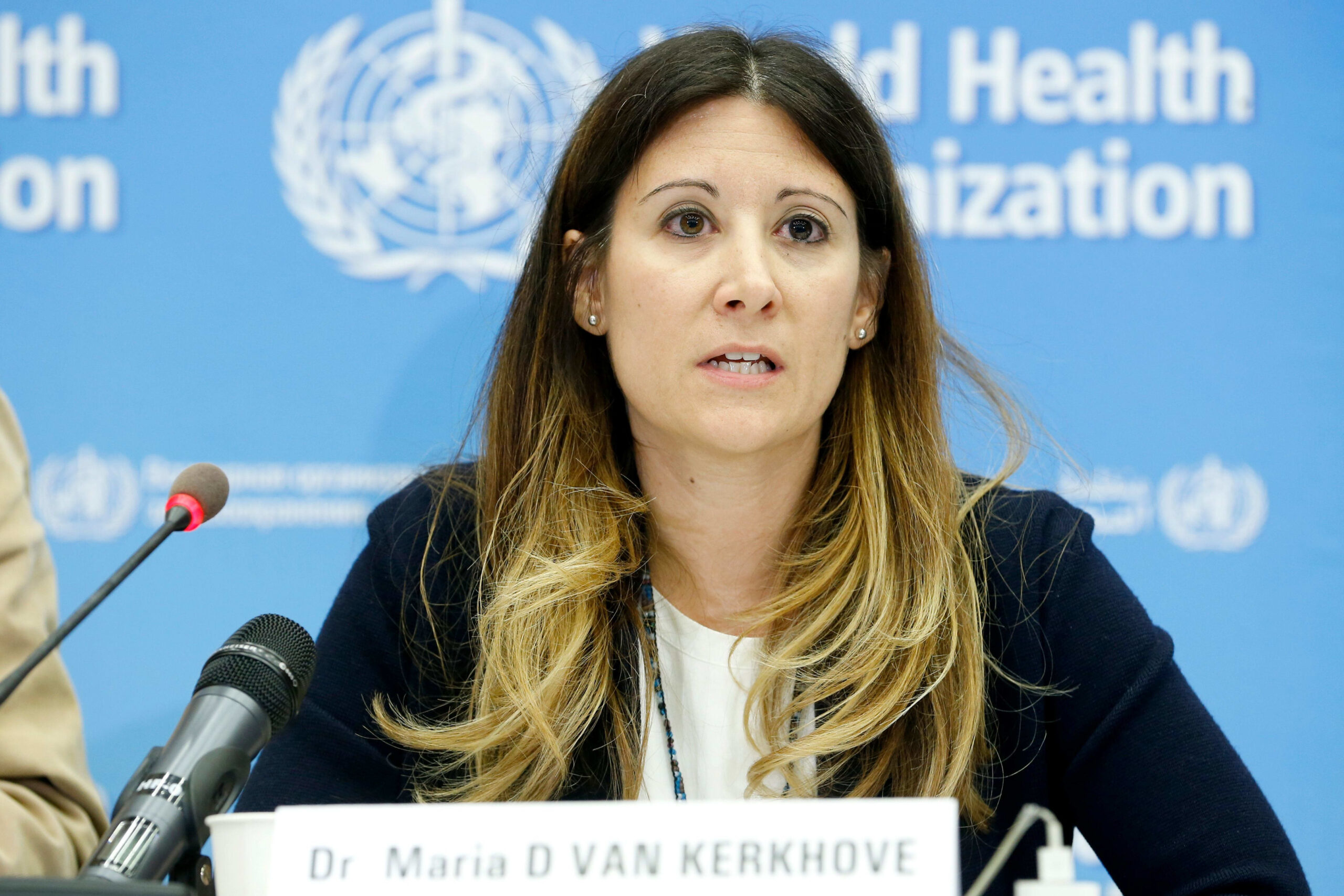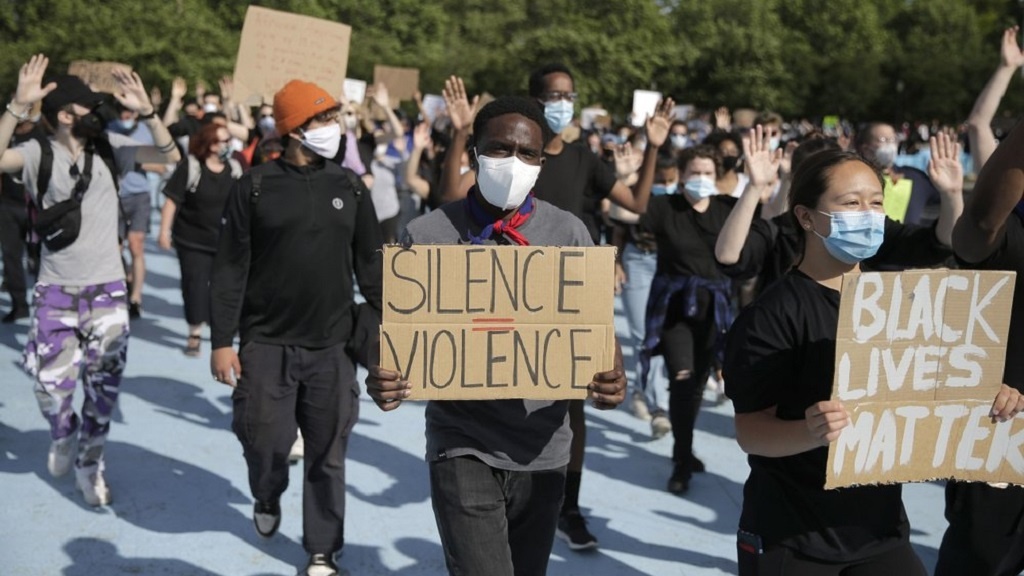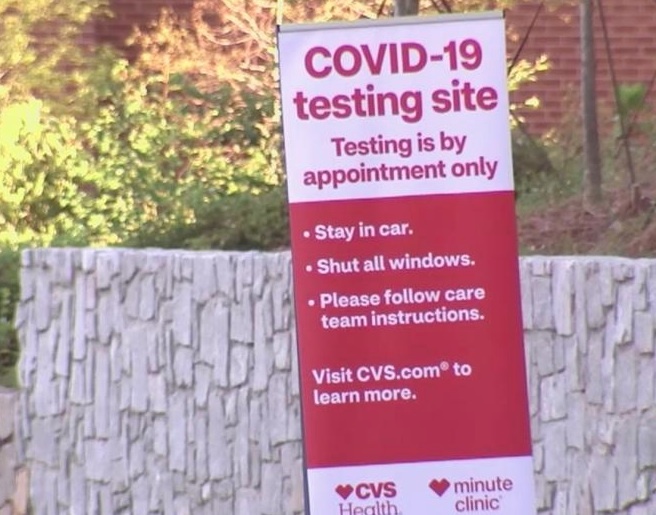
3 Things You Should Know About The COVID-19 Vaccine

3 Things You Should Know About The COVID-19 Vaccine

Follow the Science – Accepting The Temporary During COVID-19

How To Interpret COVID-19 Statistics

Coronavirus Updates: Can Asymptomatic Carriers SpreadCOVID-19?

Dying While Dying: COVID-19 & Police Brutality in Black America

COVID-19 Part 8: Georgia Sees Increase in Cases and Deaths 3 Weeks After Lifting Lockdown – Sweden Continues Without Clear Downward Trends

COVID-19 Part 7: New York and Massachusetts Continue to Improve – Sweden Is Less Clear – Monitoring Georgia 17 Days After Lifting Restrictions

Reopening Isn’t About the Economy—It’s About Kicking People off Unemployment

